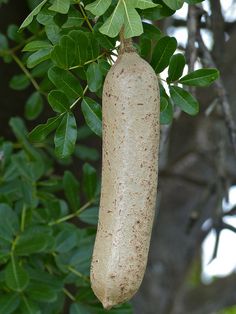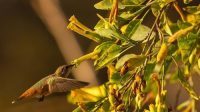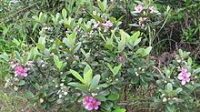
In the savannas and woodlands of sub-Saharan Africa grows an unusual tree that produces one of nature’s most peculiar fruits. The sausage tree, scientifically called Kigelia africana, is named for its abundant hanging fruits that can reach over 3 feet long and weigh up to 40 pounds.
These massive, sausage-shaped pods dangle from sturdy branches by tough stems. Inside the fruit’s fibrous skin lies an edible pulp used for many purposes by African cultures. Despite its odd appearance, the sausage fruit is an incredible example of nature’s ingenuity.

Sausage tree flowers bloom at night, with nectar-rich blossoms attracting nocturnal pollinators. After pollination, the oblong, warty fruits take half a year to mature. When ripe, the pods turn from green to brown and give off a strong, unpleasant odor.
Beyond folk remedies, the sausage fruit’s antibacterial properties have pharmaceutical potential. Africans have long used the pulpy juice for treating skin infections. Research shows extracts can inhibit growth of microbes like staphylococci and pseudomonas.
Remarkably versatile, nearly every part of the sausage tree has utility – from its bark to roots and seeds. But it’s the symbolic, almost mystical status granted to the sausage fruits that make the species so fascinating. Nature has crafted a truly one-of-a-kind plant.

From medicine to food to ritual importance, the sausage tree’s hanging pods continue intriguing all who discover them. Their unusual form echoes the ingenuity found across Earth’s plant life. There may be no fruit quite as oddly fascinating as the African sausage tree’s.







